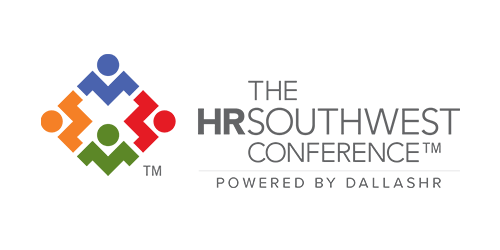
Building Your Network into a Powerhouse
There was a time when new professionals entering the workforce could expect to work for one or two employers their entire careers. A steady salary, the opportunity for advancement, and the security of a pension in retirement kept professionals with the same company for decades.
Today it’s rare to hear about this level of career stability and company loyalty. Economic growth and recession and the rapid pace of disruption mean many companies can no longer offer the same kind of career-long guarantees. And many professionals, especially those who are ‘career hungry,’ want faster advancement than some companies can offer.
As a result, the average employee tenure per job is about four to seven years, depending on when you entered the workforce. Over a 40+ year career, this reality can mean many job changes. This is why it is essential to build your network to help your search for your next opportunity or to bounce back quickly if you are laid off.

Here are six ways to build your network into a powerhouse.
#1. Build and nurture a network of profession-relevant contacts
The old adage “it’s not what you know, it’s who you know,” rings true. A powerhouse network is filled with profession-relevant contacts who can help connect you to people and opportunities to fit what you’re looking for.
As you build your network, you should look to connect with people who:
- Have the same title and who work in industries, markets, geographic areas, or for companies you may also want to work for
- Head up other departments in your organization, or work for you as current vendors
- Have titles one, two, or three levels above yours, as these are often the people who will hire you in the future as they stay ahead of you throughout their careers
#2. Use LinkedIn to your advantage
Creating a polished profile on LinkedIn is important. Use a professional-looking headshot and make sure it’s cropped well—no casual selfies here. Choose a compelling descriptor and use the Summary section to connect the dots in your professional experience in a fresh way.
Making the most of LinkedIn goes beyond your profile, though. Join groups with professional interests matching yours and be sure to follow companies and brands who you admire or may even want to work for. And be active in posting content: choose relevant articles from credible sources for sharing or reposting, with a bit of thoughtful analysis or perspective from you.
#3. Join membership organizations
There may be no better way to meet people who share common professional interests and experience than through membership in a professional association. Networking is built into your membership—both in-person at events and digitally, through organizations’ social media presence and membership communities.
#4. Volunteer
Volunteering can be a huge network booster, giving you the chance to connect and build relationships with others who share your interests.
To make the most of your volunteer opportunities, seek out causes and organizations that inspire you. Many volunteer environments can be more relaxed than a regular work environment, letting you meaningfully connect with your fellow volunteers. Exchange emails or phone numbers or connect via LinkedIn to stay in touch after the volunteer shift ends.
#5. Attend in-person events
Expand your network with regular attendance at in-person networking events (of course, when safe given the extenuating circumstances we experienced this spring). Often these types of events give you built-in conversational topics of shared interest. You can approach these thinking both of what you can get and what you can give. For instance, you might seek out the advice of more experienced professionals if you are building your career and experience. On the other hand, you could attend in-person network to “give back,” which can also help to enhance your network.
Again, be sure to exchange contact information or connect via LinkedIn to stay in touch after.
#6. Participate in conferences and education events
Conferences and educational sessions can offer opportunities to learn and connect as you build your network. In addition, if you are a subject matter expert, these events can provide an opportunity for you to reach a wider audience, which also helps to create a powerhouse network.
For example, The HRSouthwest Conference seeks subject matter experts to present annually. Topic and session proposals may be submitted during the winter and the proposal period typically closes in late February. You can learn more here.
Of course, good networking is a two-way street. Accept invitations and connections from those more junior to you as you advance. Be sure to thank your connections early and often and sustain networking throughout your career. If you do, you’ll build a network with a wide sphere of influence to enhance and advance your career.
DallasHR is the third largest SHRM affiliate chapter in the nation. With more than 2,300 engaged HR professionals, the Chapter has been Advancing the Value of HR since 1939 through cutting-edge education, fun networking events and opportunities to share best practices with others in the field of HR. The Chapter powers The HRSouthwest Conference, one of the largest regional HR events in the U.S. hosting more than 2,400 attendees in Fort Worth annually. DallasHR events are held in both Dallas and Collin Counties. Visit us at dallashr.org to join or hrsouthwest.com to register and follow us at #DALLASHR, #HRSWC.







